Photo on Shutterstock
A boundary is a thin, invisible film between you and me. It defines me in my inner world and distinguishes me from any outer worlds. It allows me to be, love, and act fully. The boundary is not biological; rather, it is an acquired, clearly defined, and recognized organic matter. But it has no physical form or solid rules. It emerges, when needed, directly from my core to support my body and mind.
If we look around at physical forms of boundaries in our daily life, we find countless examples of them. They are physical and practical, but they also work as metaphors and reminders of how they define our inner and outer worlds. The oceans define the continents and islands, the mountains stand high between the terrains, and the rivers run through the mountains and the valleys in between.
Even our cities, streets, buildings, houses, and zip codes are boundaries in our modern lives. They symbolize more than what they are; they represent how we see and feel the world around us. They may be creations and projections of our thoughts — even those that are hidden.
***
Looking back on my inner boundaries — I didn’t have any when I was growing up. In fact, I didn’t even have a chance to develop them. I was originally a very innocent, genuine, and open-minded creature — like “the sunshine,” according to my mother, Mama. But by the time I became aware of my surroundings as a preschooler, I’d been already living in awkward family dynamics and traumatized by my father’s side of the family. Their bullying was only an extension of what they’d done to my mother since the beginning of her marriage to Papa.
I developed a strong empathy for others — particularly for Mama, who had been traumatized by her in-laws — very early on. By the age of four, I’d become my mother’s practical and mental helper. I also helped my neighbor’s son walk to and from kindergarten every day, holding his hand in mine and protecting him from traffic. After my baby sister, Yoshimi, was born, I continued to look after Mama and Yoshimi every day for many years.
What had occupied my life as a kid had destroyed my natural, mental, and psychological development. I became too responsible to be “just a kid.” I lived their lives, particularly my Mama’s.
What had occurred in my life due to my childhood in Japan wasn’t a fairy tale. To save me, I had no choice but to leave everything behind and move to this country. My appointment by J-1 visa for my post-doctoral fellowship in the States was initially set for two years with the possibility to extend it up to five years. But I knew somehow that I wouldn’t be back in Japan to live any longer. In February 1990, I moved to the States with a couple of suitcases.
(If you’re interested in learning more about my story, look for my forthcoming book, Finding Home: A Japanese Immigrant Woman’s Life and Transformation. It will be published in the fall of 2022.)
***
In the States, every challenge became my nutrition. I didn’t mind it at all. I enjoyed the sense of creating a story of my life from scratch, one page at a time. After I became close to my late husband-to-be, Patrick, in the summer of 1990, his unconditional love helped my healing from the past. We continued to help each other and to cultivate our own cores together through our life in the States.
Since 1998, we’d practiced a very altruistic Buddhist teaching together in California (I am still practicing.) Our life had become the place for our spiritual practice and training, through which we’d become bodhisattvas — seekers in the Buddhahood through altruistic endeavors. I’d wished myself to be a true foundation for us and my love for him to be unconditional. We’d become inseparable from each other.
In June 2013, Patrick became critically ill with the diagnosis of metastatic melanoma in the brain. From that day until the day he died, we were on a high-speed coaster ride.
In November 2013, six months after the onset of his illness and my caregiving for my husband, I briefly became ill in the middle of his crisis. Then I recognized the boundaries “between Patrick and me” inside me for the first time in my life. At my own health crisis, I saw myself, a separate being from Patrick, for the first time in my life.
I saw clearly that his life and destiny were and would be different from mine. In my aching, groaning voice, I saw myself standing alone. After that, with my renewed wish to help him, I continued to dedicate myself until he passed away on Independence Day in 2016.
***
My stories are not in the past. They are alive in me — not as vivid memories but as part of my integrity and wholeness. I am sure many of you have a sense of boundaries. Since I didn’t have a normal course of developing boundaries in my childhood, I had to learn it in a tough way in my late life. But when it happened, it was just like lightning — it happened at the moment.
You don’t have to do this a hard way. Remind yourself regularly of the values of the boundaries in you. Doing so will save you and set you free in many difficult situations.
My heart often bleeds for parents who have lost their own children prematurely, doctors and nurses whose patients have died while they were under their care, teachers and social workers who have lost their students to dropping out, mental illnesses, crimes, drug overdoses, or other tragedies that have taken over their vulnerable lives.
But remember this: All that happens to those around you is not your fault and is not because you failed to care for them properly. These things happen in our lives. Your life is not contingent on others’ lives. The fact is that loving others and trying to help them is all you can do. When you realize the boundaries in you, it will help you see yourself and others in clear light and more compassionate way.
When you dedicated your time and efforts to the sake of others, particularly your loved ones, for too long, you can lose your own sight and boundaries over some time. If you lose the wholeness of yourself, your senses of boundaries will fade away. This is because they are interconnected with your wholeness and integrity.
A personal boundary is not solid and obvious, like a fence or a statement that strictly draws the line between you and others. Rather, it is an agency and an extension of your core to see you and others in a specific picture. Through this picture, you can accept others as they are and then act upon and embrace situations more effectively and compassionately. Having boundaries also help to further strengthen your core, therefore bettering your service to others.
Holding boundaries inside us is essential in our lives, not only in life or death but in many more situations. As we live our lives in communities, we become involved in social, intellectual, emotional, physical, and spiritual interactions.
When you are a part of a group, it has the power to define you. But in reality, inclusion is not the equation. The word “we” doesn’t define us but rather obscures who we are. We all have separate, and ultimately self-accountable, individualities. When each of us becomes fully accountable for ourselves, our capacities, and our abilities, boundaries set us free. But without taking this step, we can overstress ourselves, stretch ourselves too thinly to serve each other effectively.
Living in a community allows us to enjoy the benefits of being us, but it also requires us to accept some challenges and vulnerabilities of individuals inside the community. When someone in the community needs help, I can help them more efficiently when I know my own boundaries. Every one of the components of “the us” has his or her own mind, soul, spirit, and life. As I respect theirs, I respect mine equally.
I invite you to this place to allow yourself to be equally as vulnerable as you are responsible for others—the place where you can enjoy dignity and compassion in you.

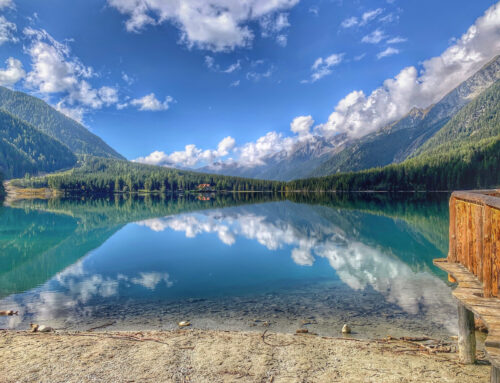
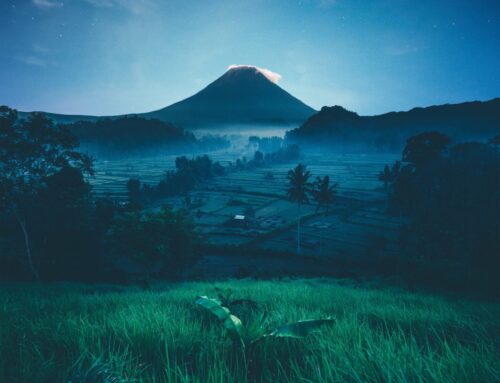
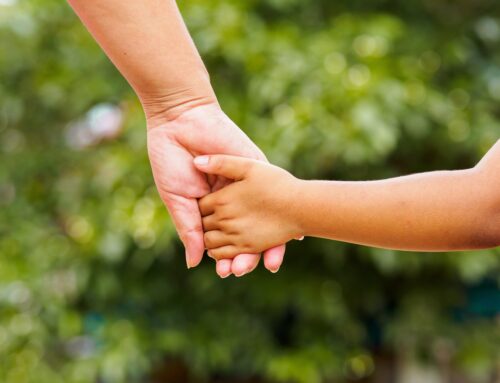

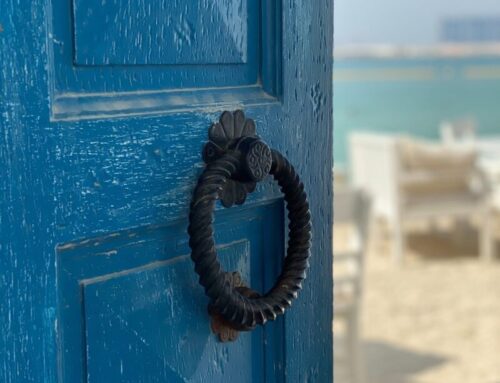
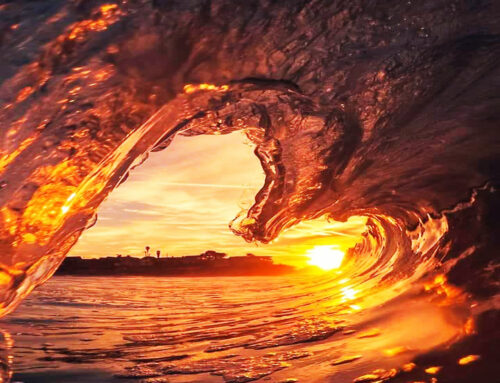




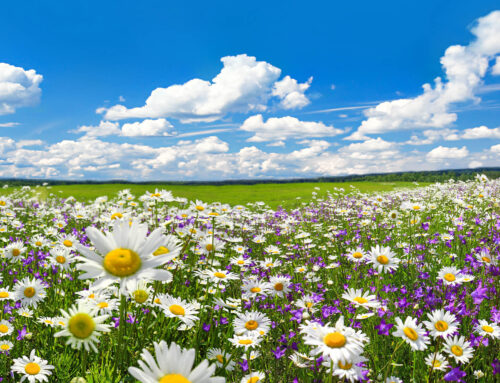
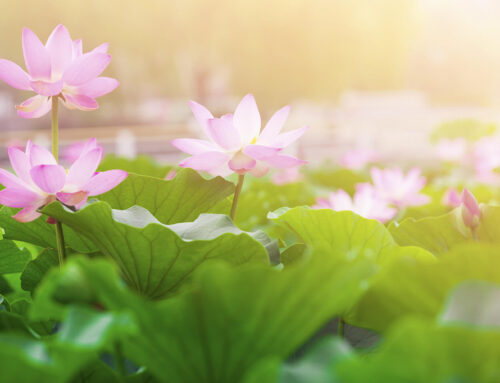
Leave A Comment